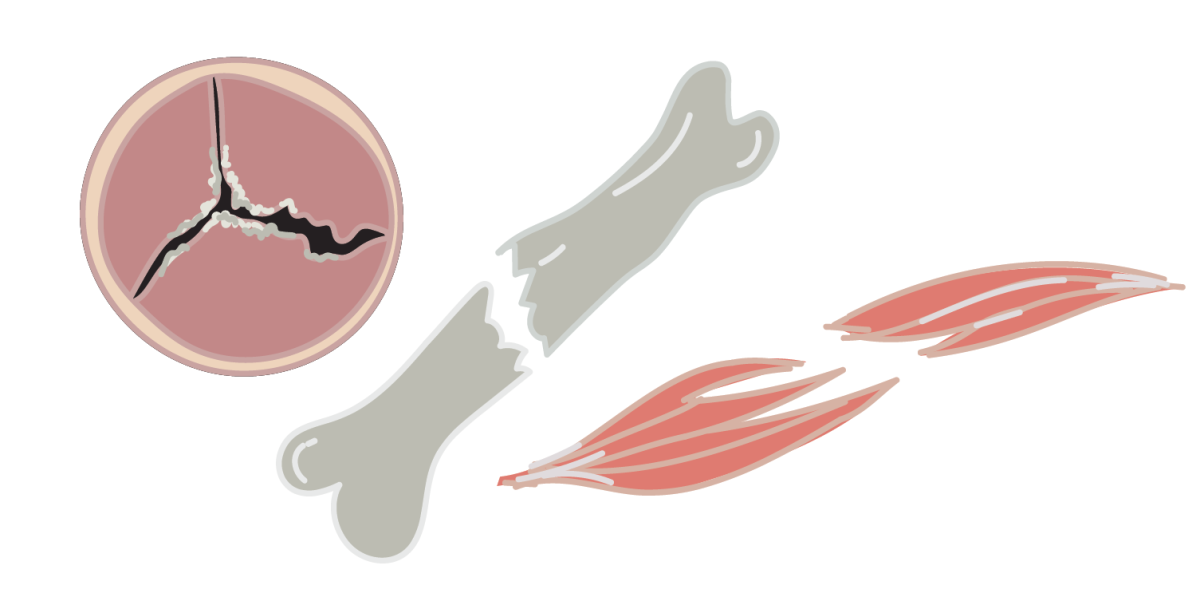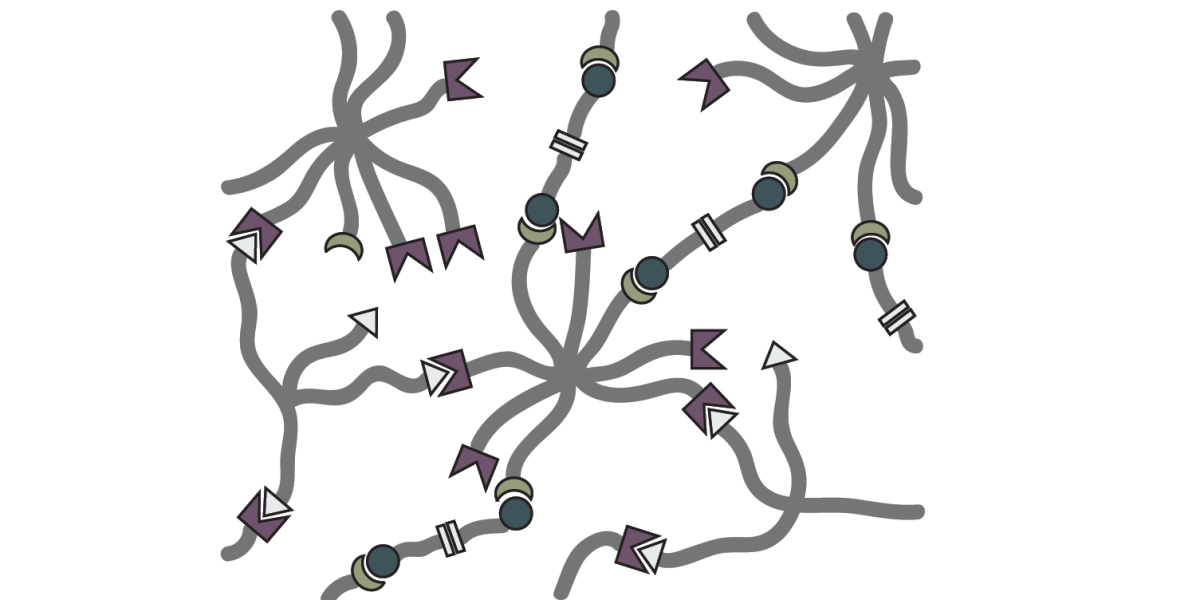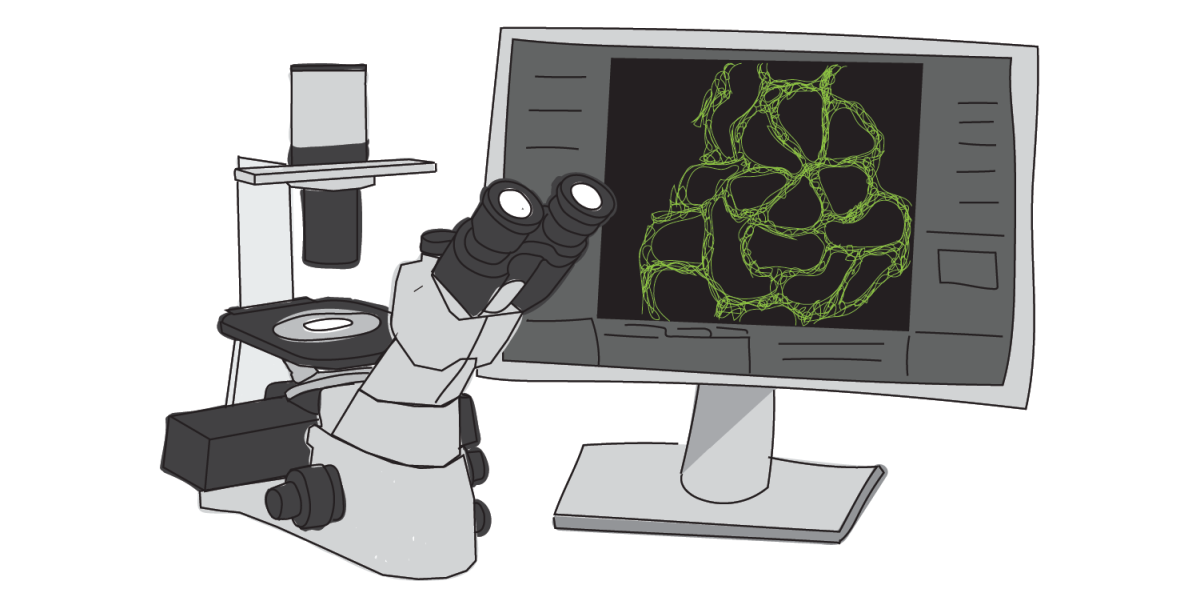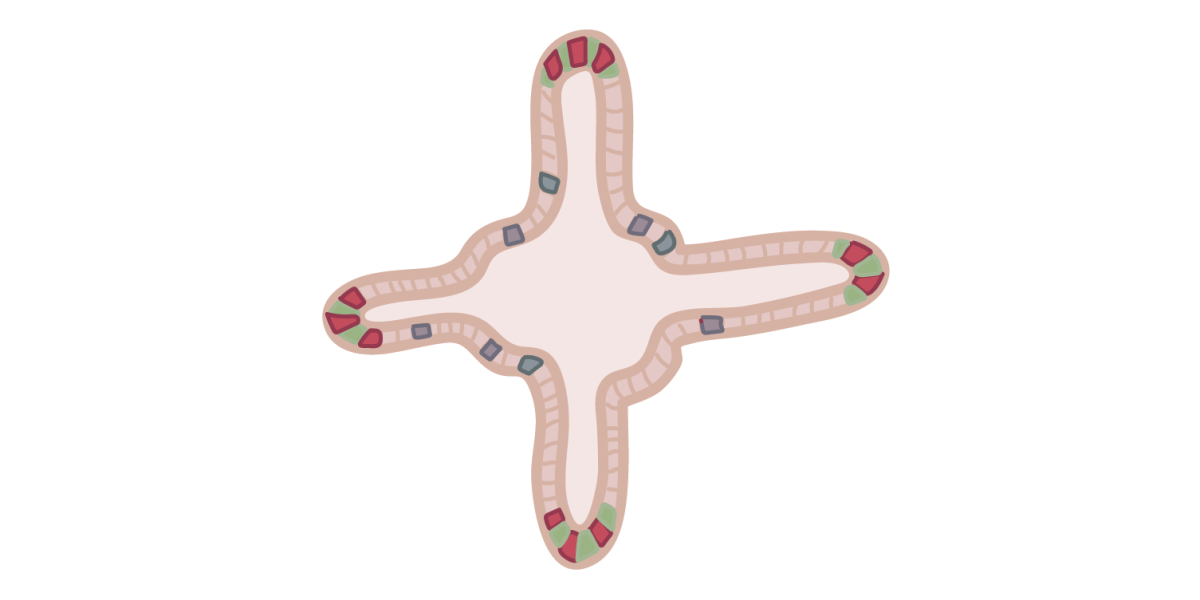Research
Due to the broad scope of our research, the Anseth group meets weekly in focused small groups related to specific research topics. In these discussions, we troubleshoot experiments, relay recent research progress, and facilitate new opportunities for collaboration.





